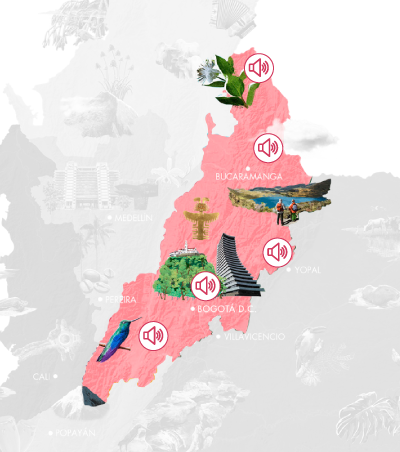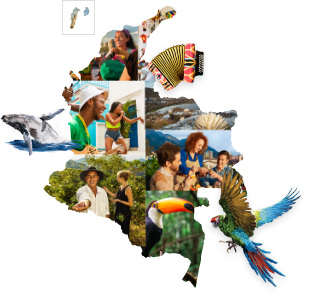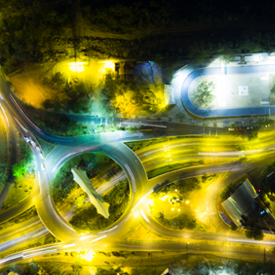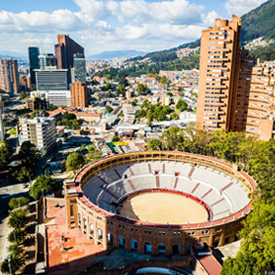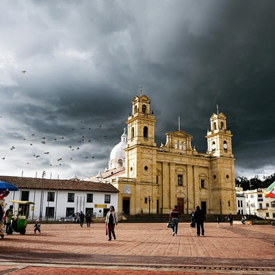Boyacá, a fertile and kind land
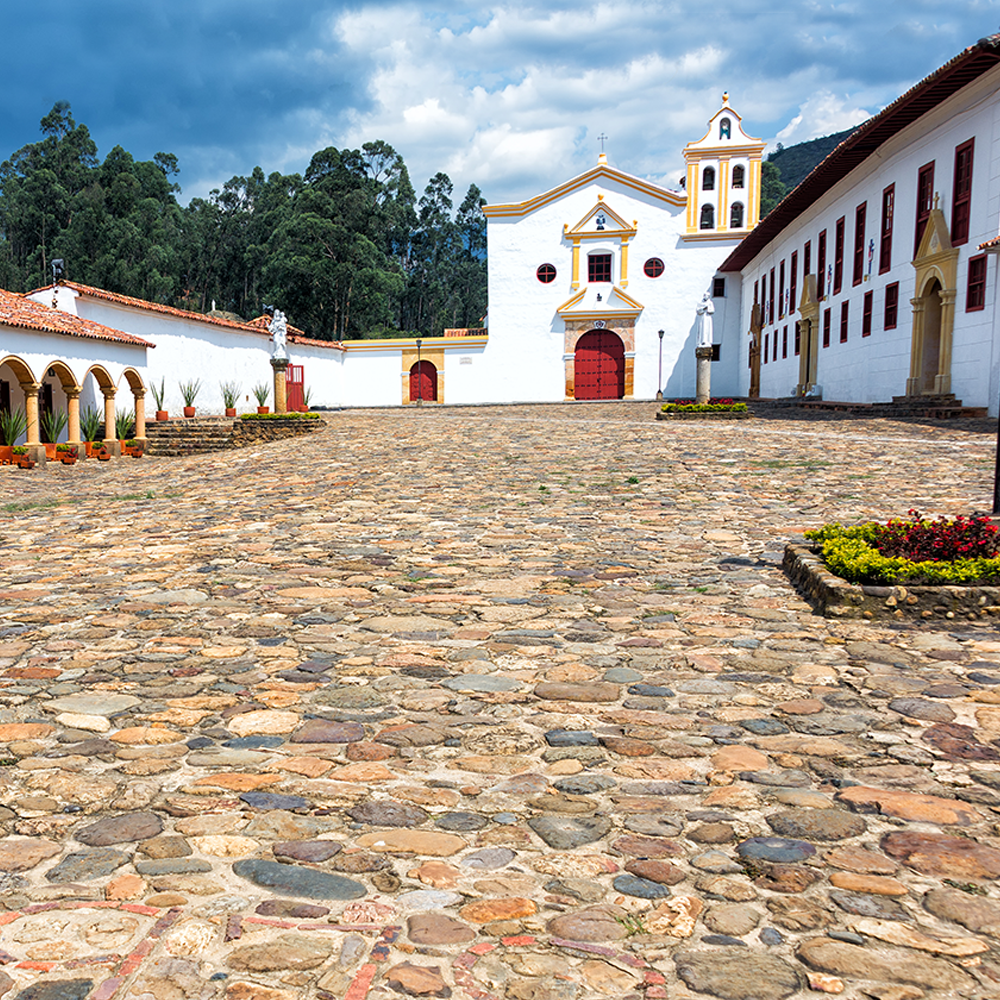
Alt: Municipality of Ráquira, department of Boyacá.
Credit: German Rojas // Shutterstock.com
In the department of Boyacá there is respect, gratitude, and protection for the land. Its inhabitants are dedicated, modest and generous people who carry with them the legacy of a fertile and productive field that generously provides the food that reaches the tables throughout the country.
Its inhabitants say that everything that is grown in Boyacá, grows. It is the land that feeds them and that is why they respect and take care of it with all the knowledge they have acquired as a result of working it, burning it, harvesting it and sowing it for years.
In addition to being productive, Boyacá is a territory of imposing landscapes, mountains, valleys, forests, moors and crops that transmits tranquility wherever you go, with modest and generous people who always welcome tourists with open arms to show the best of their department.
Thepantry of Colombia
Enjoying a geography that covers all thermal floors has allowed the department of Boyacá to be a privileged territory for the production of food that not only supplies the department, but a good part of the country.
Thanks to the wisdom that its inhabitants have inherited from their ancestors, this land has remained productive through generations. Hence, a large part of the tourist attractions of Boyacá are connected with that birth in a fertile and kind land.
Its gastronomy reflects that abundance. The soups, among which the mazamorra chiquita, the cuchuco de trigo and the mute de maíz stand out, are flagship dishes of the region because they contain everything that the harvests give: beans, cubes, turnips, beans, potatoes and other tubers that come from the tradition of the indigenous people and grandparents. Other typical preparations are cocido boyacense, fritanga, arepas and wrapped and kneaded.
The effect of the bonanza of their crops is also represented in the celebration of the Festival of the Tomatina of Sutamarchán, where farmers in the region gather the ripe tomatoes that they are going to discard or that are not suitable for consumption to use them as an arsenal in a fun battle of tomatoes in which adults and children participate.
Featured: Download the magazine about the department of Boyacá in which the most wonderful landscapes of this region of the country are located.
Places for contemplacion
Boyacá has a diversity of landscapes in five thermal floors. Ideal places for contemplation, as well as connection with nature. Among the most representative are the Páramo de Ocetá, the Paipa Hot Springs, the Tota Lagoon, the Iguaque Lagoon,the Candelaria Desert,the Blue Wells of Villa de Leyva and the Cocuy National Natural Park, which is the largest glacial mass in Colombia, made up of more than 25 peaks covered with ice and snow.
Modest and humble people
From its layout and geographical form, Boyacá is represented in an image of "open arms", which is associated with containment, care and protection. In the same vein, as protectors of the earth, the local boyacenses have developed a dedicated, caring, grateful and modest personality. Despite having great merits and knowledge, they talk about their humility and pride in their peasant roots.
Some of the main symbols that identify the boyacenses are:
The ruana: representation of the sacred mantle and the protection of its traditions and its knowledge.
Submerged: manifestation or gesture of respect, humility and closeness in relationships.
Cachetirojo: redness on the face, result of long days of work in the field.
The hands: they are the main tool for cultivation and all the activities they perform on a daily basis.
Outstandingquote: The boyacenses are believers and Practicing Catholics, mainly of the Virgin of Chiquinquirá, to whom devotion and faith are had. That she is called 'The patron saint of Colombia' reaffirms her values of protection and care that permeate her essence.
Carranga, on the other hand, is considered the Boyaca language. This flagship musical genre of the department became known throughout the country by the hand of Jorge Velosa and the Carrangueros de Ráquira and is characterized by narrating, through its lyrics, the daily life and traditions of the peasants.
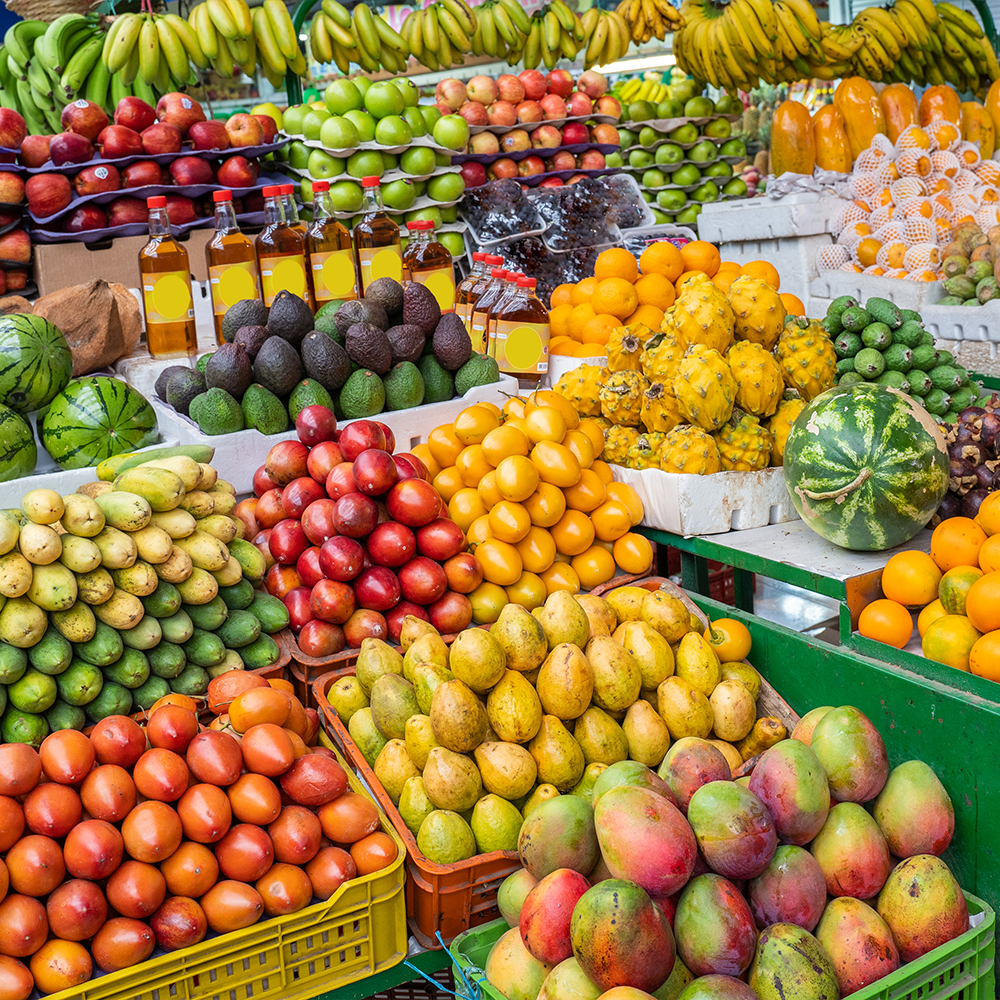
Alt: Food stand in the weekly market of the municipality of Vila de Leyva.
Credit: Barna Tanko // Shutterstock.com
Multiple knoledge
The land has formed the boyacense through different trades turning them into knowledgeable, who understand how they can take advantage of the resources that their department has.
In that sense, the boyacenses are great artisans standing out in the elaboration of ruanas, espadrilles, rugs, blankets, baskets, pottery andhats, among other products. They are also part of the livestock sector with the production of dairy, meat and leather, and contribute 99% of the country's emerald production.
Featured: Learn about the magazine about the department of Cesar, a sacred territory of the Andean region.
Boyacenses also commemorate and share their knowledge and knowledge through celebrations such as the Tunja International Culture Festival, and sites that talk about their history and identity.
Some of those destinations are Villa de Leyva, which enchants visitors with its white houses, cobbled streets and imposing Plaza; the Terracotta House, considered the largest ceramic structure in the world; the Archaeological Park of Moniquirá El Infiernito; the municipality of Ráquira, which stands out for itspottery; and Nobsa, known for its emblematic ruanas.
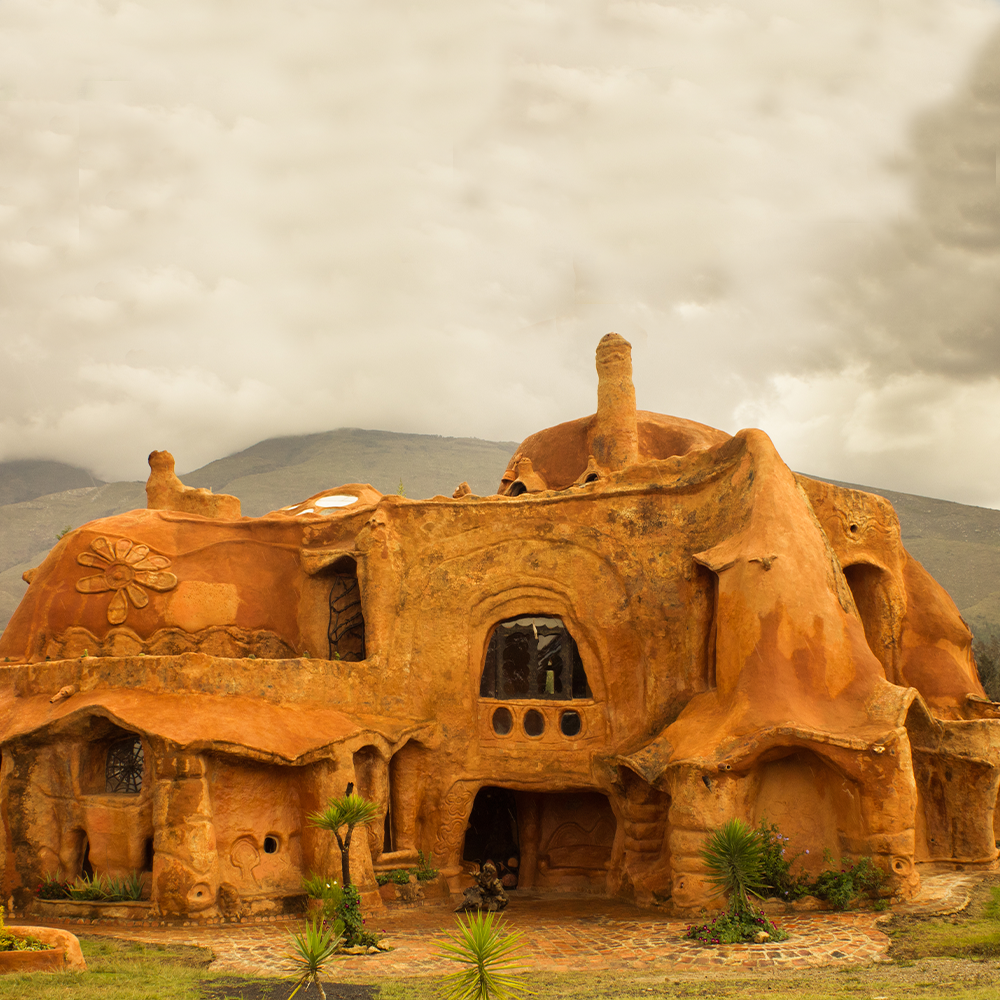
Alt: La Casa Terracota, located in the municipality of Villa de Leyva in the department of Boyacá.
Credit: Nowaczyk // Shutterstock.com
Photo capation: The Terracotta House is a construction project that uses the four elements: earth, air, water and fire, to turn cooked earth into architecture.




